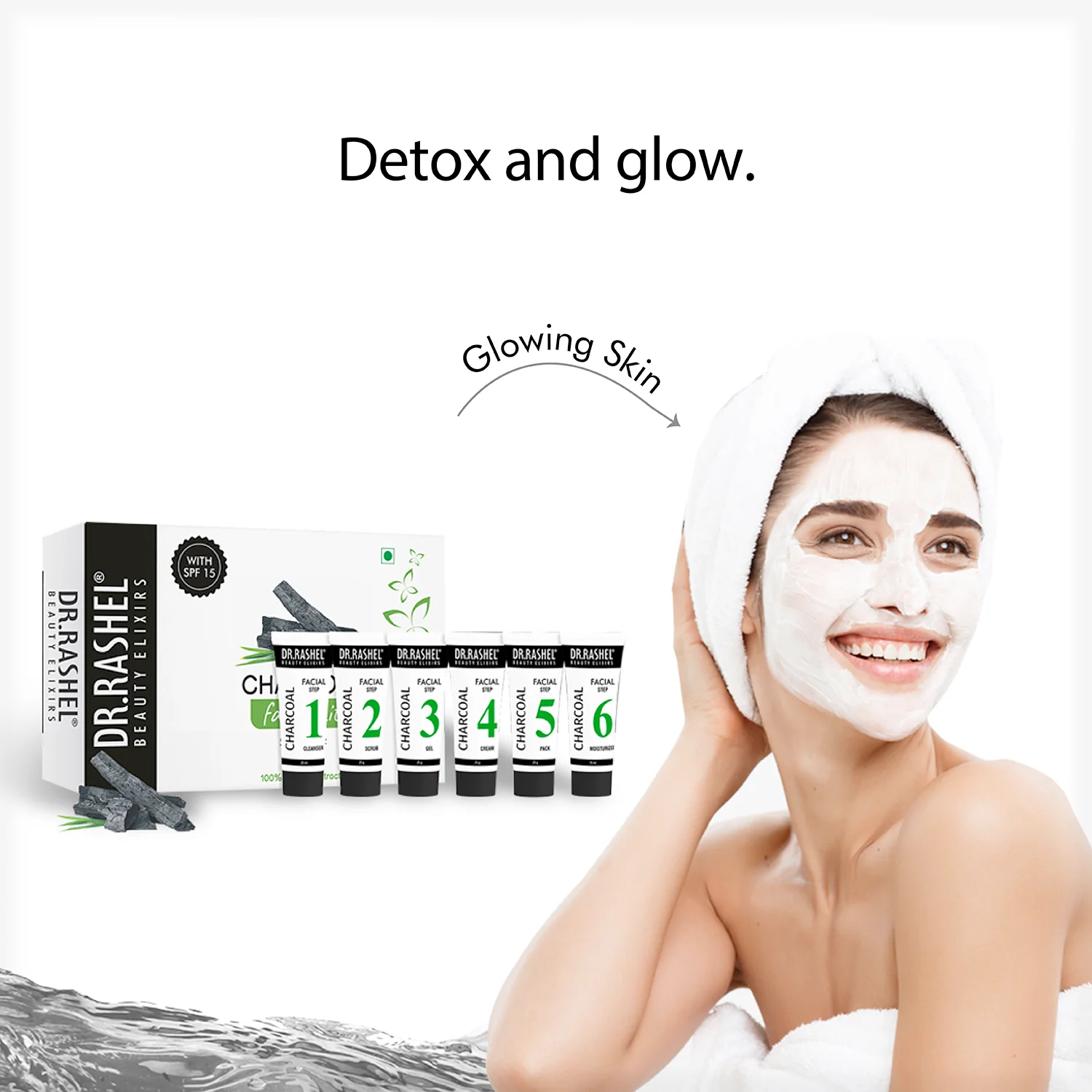Exfoliation, the way of getting rid of dead skin cells from the surface layer of the skin, has been a cornerstone of skincare routines for centuries. Face scrub for men & women, a famous approach of exfoliation, promise smoother, brighter pores and skin, however, what’s the technology behind them? Are they sincerely effective, or just some other beauty industry fad? Let’s understand how face scrubs work, their benefits, and what science says about their effectiveness.
Understanding the Skin’s Surface
Before we dive into the mechanics of face scrubs, it’s essential to understand the basics of our pores and skin. The outermost layer of the skin, called the epidermis, is constantly regenerating. New skin cells are produced in the below layers of the dermis and gradually circulate up to the surface, in which they die and shape a layer of dead pores and skin cells.
This layer of dead skin cells, if not removed, can cause an uneven complexion, clogged pores, and even pimples. This is in which exfoliation comes into play.
How Face Scrubs Work?
Face scrubs are designed to manually exfoliate the skin. They usually contain small, abrasive particles infused in a creamy or gel-like base. These particles may be crafted from natural ingredients like walnut shells, apricot kernels, vitamin c, and many other extracts.
When you massage a face scrub onto your pores and skin, those particles physically slough off the lifeless skin cells, revealing the fresher, healthier pores and skin underneath. This process can help to unclog pores, lessen the appearance of pimples, and enhance the natural texture and appearance of the pores and skin.
The Science Behind Exfoliation
The effectiveness of face scrubs is backed by science. Here’s how:
- Cell Turnover: A regular exfoliating body scrub facilitates the acceleration of the process of mobile turnover. Normally, pores and skin cells renew every 28 to 40 days, however elements like aging and sun damage can disrupt this system. Exfoliation allows to dispose of dead skin cells, encouraging the generation of new cells and preserving a younger, radiant complexion.
- Improved Absorption: By removing the barrier of useless skin cells, exfoliation lets in skincare products to penetrate more deeply and work more efficaciously. This way that your serums, moisturizers, and remedies can give higher results.
- Stimulated Circulation: The massaging part of a face scrub also can enhance blood flow to the pores and skin, improving its average health and supplying you with a natural glow.
Benefits of Using Face Scrubs
- Smoother Skin: By eliminating lifeless skin cells, face scrubs leave your skin feeling smoother and softer.
- Clearer Pores: Regular exfoliation helps to unclog pores, getting rid of blackheads and the chance of acne.
- Even Skin Tone: Exfoliation can help fade pigmentation spots and even out your skin tone.
- Enhanced Radiance: Removing the top layer of lifeless pores and skin cells giving fresh, new skin below with a brighter complexion.
Types of Face Scrubs
Face scrubs can range widely based totally on the sort of exfoliating elements they have. Here’s a short overview:
Physical Exfoliants: These scrubs have small, gritty elements that remove dead pores and skin cells. These exfoliants include scrubs with sugar.
Chemical Exfoliants: Unlike traditional scrubs, chemical exfoliants use elements like alpha hydroxy acids (AHAs) or beta hydroxy acids (BHAs) to dissolve dead pores and skin cells. These may be much less abrasive and appropriate for sensitive skin.
Choosing the Right Face Scrub
Not all face scrubs are designed equally. It’s crucial to pick out one which suits your skin kind:
- Sensitive Skin: Look for scrubs with gentle elements and soothing components like Aloe Vera or Cucumber to keep away from irritation.
- Oily or Acne-Prone Skin: Choose a scrub with salicylic acid or tea tree oil, that may help control oil and save you breakouts.
- Dry Skin: Opt for a scrub with moisturizing ingredients like mix fruits or aloe vera to prevent over-drying.
The Right Way to Use Face Scrubs
Using a face scrub incorrectly can lead to irritation and damage. Here are a few hints to get the most from your exfoliation recurring:
Gentle Application: Apply the scrub gently. There’s no need to scrub aggressively; allow the particles to do their work.
Frequency: Most specialists advise exfoliating 1-3 times every week, depending on your pores and skin type and the capacity of the scrub.
Follow with Moisturizer: After exfoliating, it’s vital to hydrate your skin to defend the brand new cells and maintain moisture balance.
Potential Risks and Precautions
While face scrubs may be useful, they also come with some dangers if not used nicely:
Over-Exfoliation: Exfoliating too regularly can strip the skin of its natural oils, leading to dryness, infection, and elevated sensitivity.
Skin Damage: Using scrubs with huge or hard particles can cause microtears within the pores and skin, that may lead to inflammation and irritation.
Allergic Reactions: Always patch test a brand new scrub to ensure you don’t have an hypersensitive reaction to any of its ingredients.
Conclusion
Face scrubs, while used correctly, may be a great advantage for your skincare routine. They offer a range of benefits from smoother skin to enhanced radiance, supported by means of scientific understanding of cellular turnover and exfoliation. However, it’s vital to select the proper scrub for your skin type and use it correctly to keep away from possible dangers.
Incorporating a face scrub into your regular routine can assist in keeping a healthy, glowing complexion. As with any skin care product, moderation and proper use are key to maximizing advantages at the same time as minimizing any ability downsides.

Hello, I’m Kapil Kumar, a seasoned SEO expert and blogger at WinnersList.in. My mission is to spotlight exceptional individuals and organizations across various domains. Through curated lists, profiles, and inspiring stories, I aim to celebrate outstanding achievements and inspire the next generation of champions. Join me in this journey.

